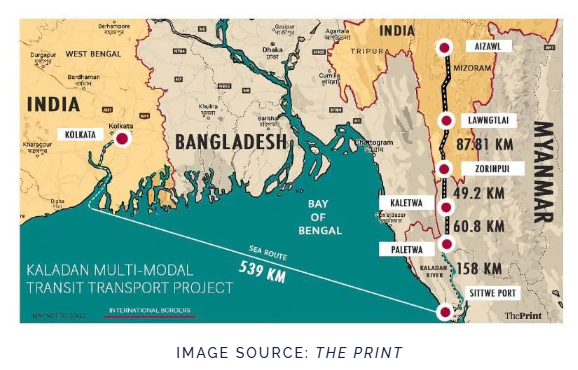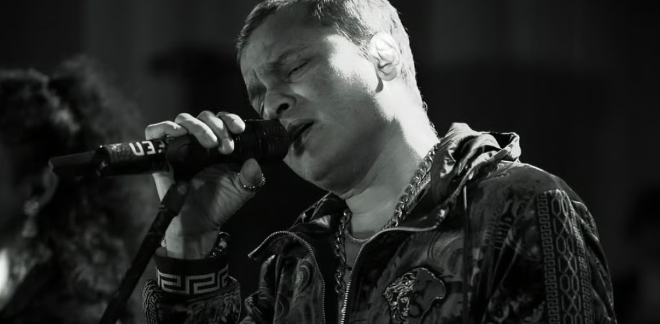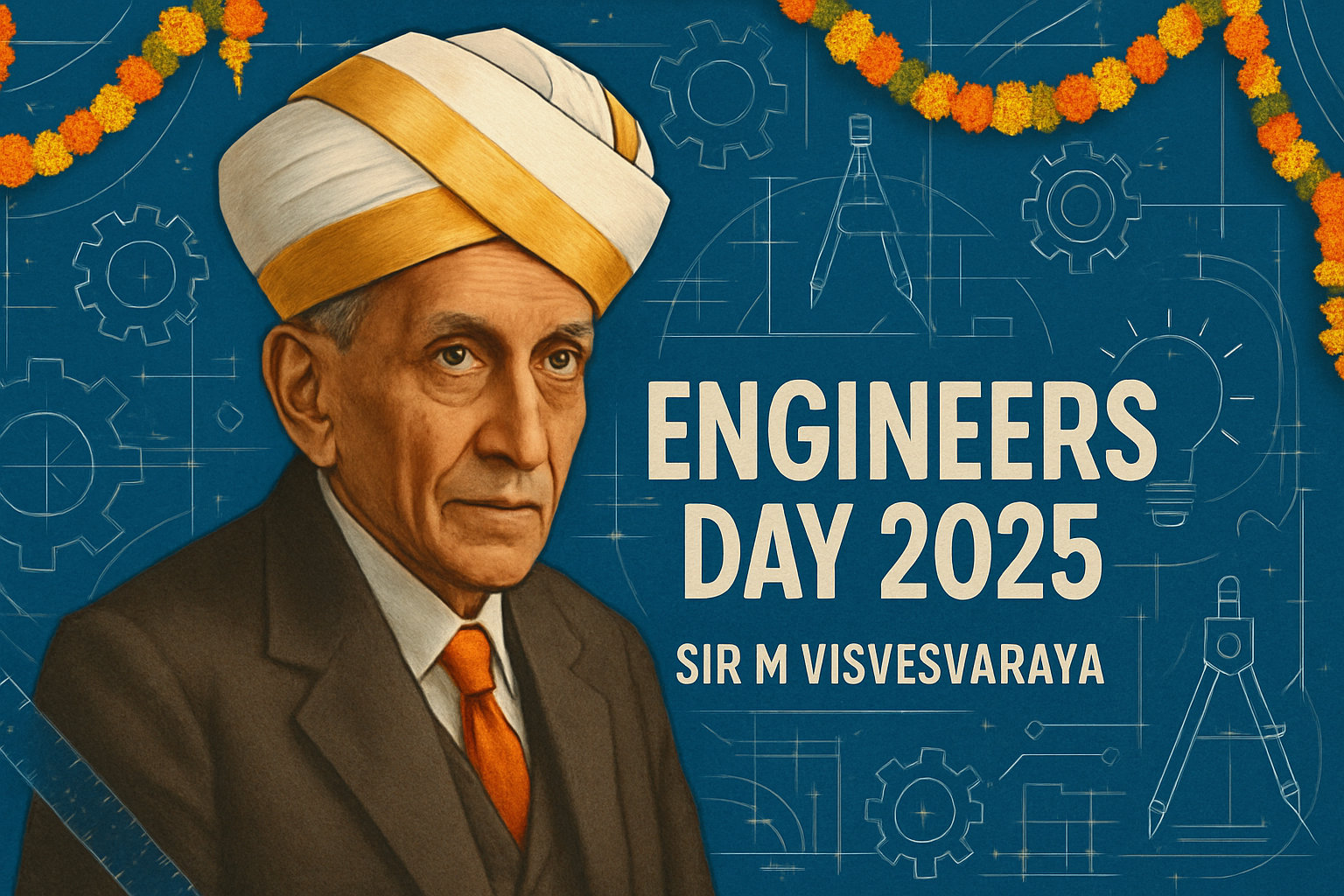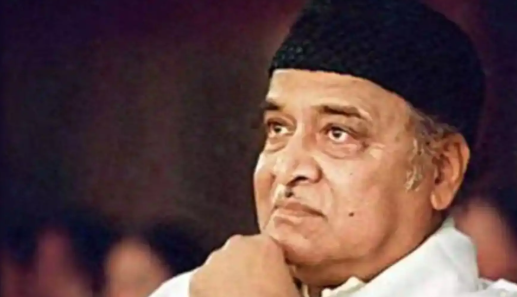According to Sarbananda Sonowal, the Union Minister of Ports, Shipping and Waterways, the much-anticipated Kaladan Multi Model Transport Transit Project will be completed and commissioned by 2027. Out of three, two phases featuring waterways are completed and are now operational. The third phase featuring land is supposed to be completed by 2027.
NECESSITY
The North East of India is connected to the other part of the country through only a small strip often referred to as the Chicken’s neck or Siliguri Corridor.
The Kaladan Mukti Model Transport Transit Project will provide an alternate route to connect north east with the other part of India.
Also, this is supposed to act as a counter to the China’s Belt and Road Initiative of South East Asia. This will also strengthen ties and enhance diplomatic relationships with Myanmar and ASEAN Countries.
ALIGNMENT AND TIMELINE
The framework agreement for this project was signed in 2008. This project aligns with the Act East Policy which was announced in 2014.
It will comprise three main components being the sea route, the river route and the land route.
From Kolkata port in India to Sittwe port in Myanmar, comprise the sea route of the Kaladan Project.
Linking through the Kaladan river, the Sittwe port of Myanmar to Paletwa in Myanmar is the river route of the Kaladan Project.
And finally linking Paletwa in Myanmar to Mizoram in North East India via road .
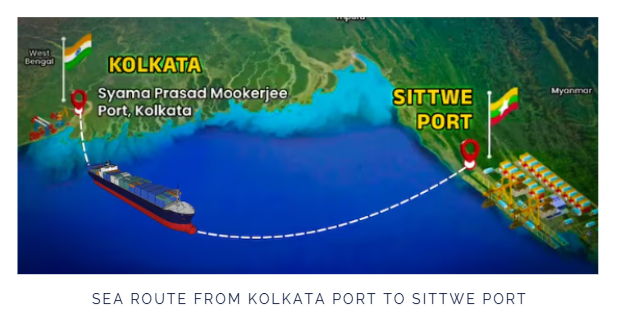
VALUE AND ALLIANCE
Once completed, it will provide vital connectivity, communication between the two countries, and will facilitate Economic Developmental activity in both India and Myanmar. The north east of India will be especially benefited from this strategic project and due development.
Secondly, India’s relation and engagement with the Southeast Asian countries will strengthen with its strategic development and presence.
Moreover, the shorter distance will facilitate potential lower cost of transportation of goods to the north east region.
PROSPECT AND COMMITMENT
As of July 2025, the sea route from Kolkata port to Sittwe Port is completed and is operational.
The river route portion from Sittwe Port to Paletwa via Kaladan river is completed and is operational.
The major hurdles that came in due to the topography of the region, the mountainous terrain, dense forests, and other instability and conflicts, is in the land route from Paletwa to Mizoram.
Despite challenges and delays, the project is targeted to be commissioned by 2027.
Frequently Asked Questions
Q. What is the length of the Kaladan Multi Modal Transport Transit Project?
A: The length of the Kaladan Multi Modal Transport Transit Project in terms of sea, river and land is 539 km by sea on the Bay of Bengal, 158 km by River on the Kaladan River, 110 km on land from Paletwa in Myanmar to Mizoram in India.
Q. Who is funding the Kaladan Multi Modal Transport Transit Project?
A: The Ministry of External Affairs, Government of India is funding the Kaladan Multi Modal Transport Transit Project aligning it with the Act East Policy of 2014.
Q. Who is executing the Kaladan Multi Modal Transport Transit Project?
A: The Inland Waterways Authority of India (IWAI) is executing the Kaladan Multi Modal Transport Transit Project and it is supposed to be completed in all aspects by 2027.
Q. What is Look East Policy and Act East Policy?
A: In 1991 the then prime minister of India PV Narsimha Rao launched the Look East Policy to improve engagement of India with south east Asian countries. The aim of the policy was to enhance political and cultural ties, boost economic ties, which Nations of the ASEAN countries like Vietnam, Singapore, Thailand. As time passed by, strategic cooperation also included that, especially under prime minister Atal Bihari Vajpayee and prime minister Dr Manmohan Singh. As a result, India signed free trade with ASEAN countries, joining several regional forums such as the ASEAN regional forum and East Asia summit. It laid the foundation of strategic importance which later became Act East policy. The Act East Policy was introduced by the prime minister of India Narendra Modi in 2014 as a successor of the Look East policy. In addition to trade and diplomacy as focused by the Look East Policy, the Act East Policy focuses on defence cooperation, connectivity with ASEAN countries and countries like Japan, South Korea and Australia. This policy also emphasizes on physical and digital connectivity, increased maritime security, and promotion of India’s role in the Indo-Pacific. The Act East Policy also added to North East India’s development, making it a gateway to South East Asia. One such act being the Kaladan Multi Modal Project. Others include India-Myanmar-Thailand Highway. Thus, this policy is leading India as a major region in Asia, as well as the world.
See More: Italy qualifies for T20 World Cup for the first time
See More: RG Baruah: The architect of modern Assam

